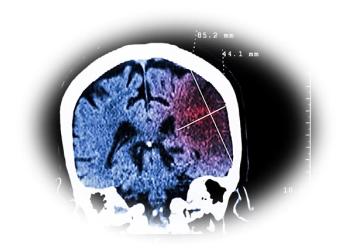
Stroke Rate Variability in Afib: Much Higher than We Thought!
A new study reveals the notable impact of the variation in published stroke rates on the net clinical benefit of anticoagulation in atrial fibrillation.
When dealing with complicated patients and complex medical decision-making, it is often easiest to be a “lumper” (vs a "splitter") and classify patients into distinct risk categories in order to simplify the process. The CHA2DS2-VASc score-used to predict risk of stroke and eligibility for anticoagulation in patients with atrial fibrillation (AF)-is a great example of such a practice. The truth, however, is that there can be wide variability among individuals and groups of individuals with the same CHA2DS2-Vasc score in their risk for stroke and the benefit they derive from anticoagulation. In fact, in published observational studies, stroke rates vary significantly across individuals with nonvalvular AF who are not on oral anticoagulation. Eventually, such variability can dramatically affect the net clinical benefit of our interventions (such as oral anticoagulation).
In a recent thought-provoking
Depending on the cohort studied, there was wide variability in the benefit of oral anticoagulation. Outcomes were measured in quality-adjusted life-years (QALYs). For example, the population benefit of warfarin in the
It's likely that these dramatic differences reflect underlying differences in the populations studied. However, the study was truly eye-opening in its demonstration of how the variability in published stroke rates is translated into variability of net clinical benefit with oral anticoagulation.
Clinical guidelines on management of thromboembolic risk seem to suggest a black and white case, whereas results of this analysis suggest the balance between risk and benefit of oral anticoagulation is actually in the gray zone.
Source: Shah SJ, Eckman MH, Aspberg S, Go AS, Singer DE.
Newsletter
Enhance your clinical practice with the Patient Care newsletter, offering the latest evidence-based guidelines, diagnostic insights, and treatment strategies for primary care physicians.




